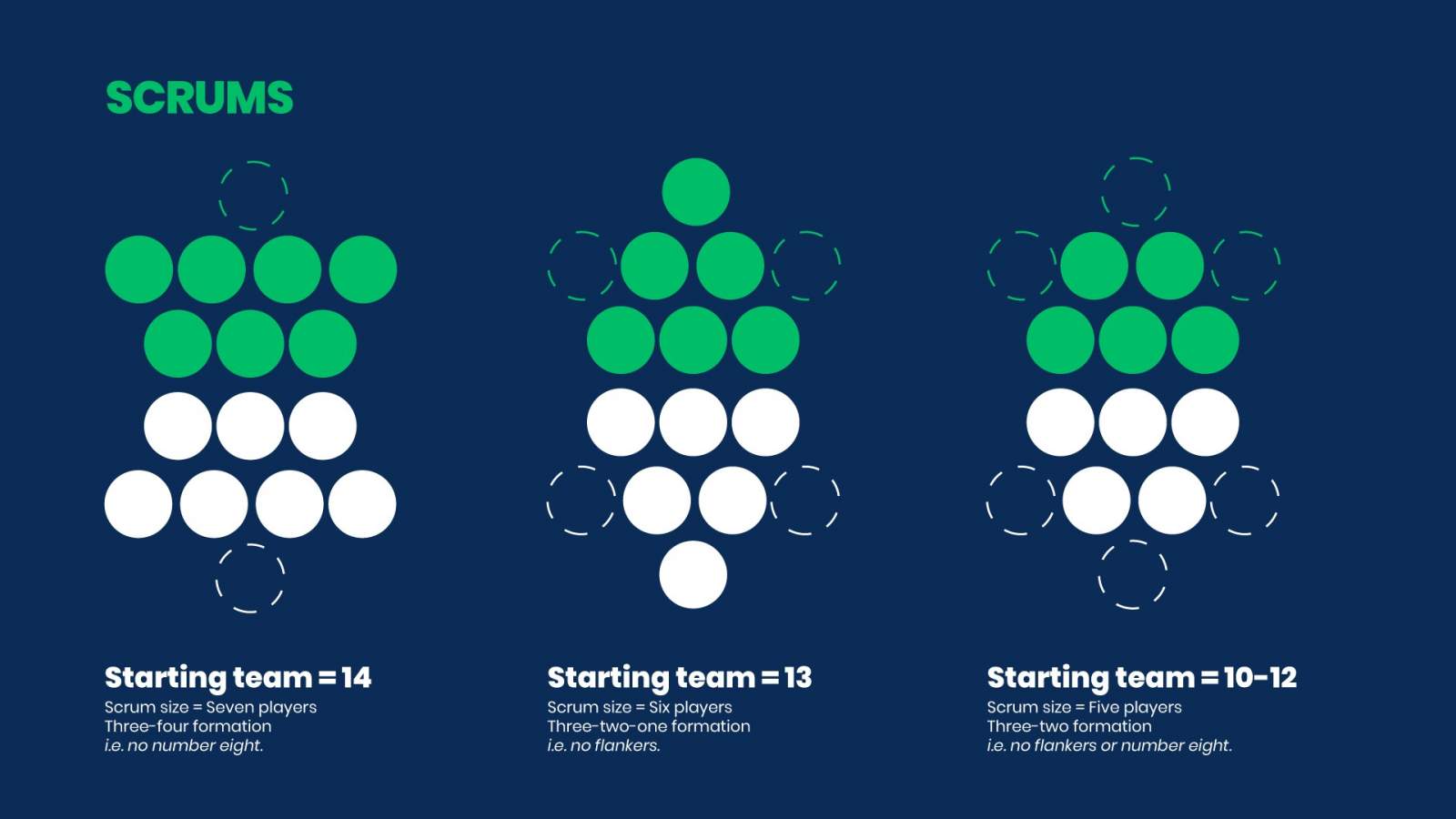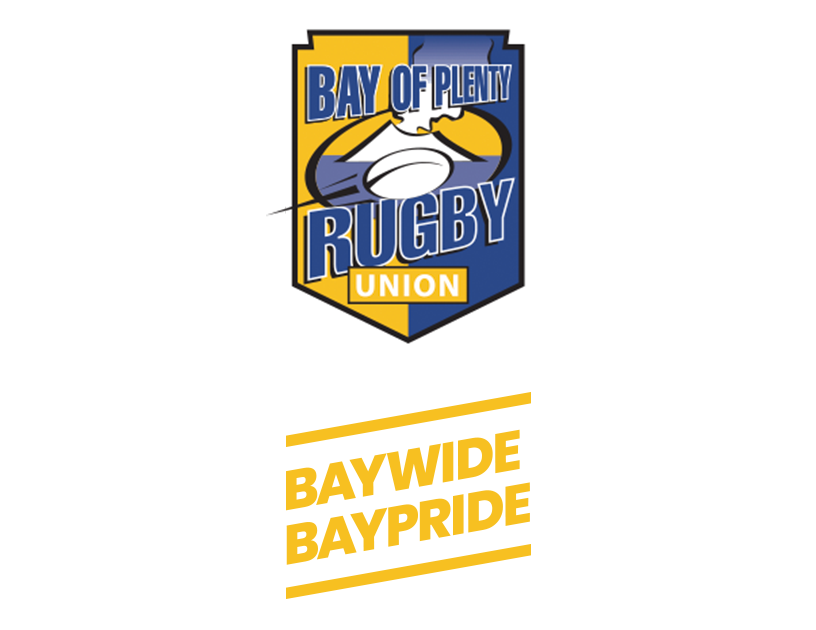GAME ON
GAME ON
Game On was added to NZ Rugby's Domestic Safety Law Variations (DSLVs) in 2020. This page includes resources that outline the changes, along with FAQ's and how it is applied in the Bay of Plenty.
Resources
- NZ Rugby Game On Website
- Game On Summary
- Game On Regulations
- Game On Checklist
- Letter from NZ Rugby to Provincial Unions
GAME ON grades
For all information on which grades in the Bay of Plenty will be using "GAME ON" click here.
About GAME ON
Why Game On?
Game On means that more rugby games kick off. The approach aims to limit the number of defaults in school and club rugby due to not enough front rowers or players.
Rugby players want to play the game they love and Game On makes sure that happens
Which teams play under Game On and who decides?
Game On applies to all Provincial Unions in New Zealand. Both senior club rugby and secondary school rugby will use Game On.
Provincial Unions may designate some school and club grades that Game On does not apply to for performance and development purposes. For example, ‘Premier’ club rugby grades.
Some Provincial Unions are already utilising Game On principles in club rugby, including Premier grades.
Does Game On change the way the game is refereed?
All Game On matches will be played under the current Laws of Rugby. For example, if teams begin the Game On match with three front rowers and no suitably trained replacements, then uncontested scrums will be used if one leaves the field.
Will teams lose competition points when they play under Game On?
Game On is designed to ensure that the rugby still kicks off and players still get to play a competitive game.
This means that the team that does not have the required 15 players or front rowers does not automatically lose the match, or competition points. The result will still be determined by a good game of rugby.
How do teams decide how to play under Game On?
Game On will only be used when a team(s) has less than 15 players and/or insufficient front rowers to commence the match.
Agreement must be reached between teams and match officials prior to the match starting.
Teams are encouraged to agree on the Game On options in the days leading up to match day.
If no agreement is reached the match official will follow the below process:
- Team Size
- Agreement between 10 - 15 a side. In the event of no agreement, decision defers to team with smallest number of available players.
- Teams who reduce numbers are allowed to maintain substitute players. For example, a team with 13 players are able to play 10-a-side and utilise three substitute players.
- Rolling Subs (Adult Club Rugby only).
- Rolling Subs are to be used during Adult Club Rugby matches, unless otherwise agreed.
- The Half Game rule still applies to Secondary School Rugby.
- Contested or uncontested scrums
- Subject to availability of minimum of three qualified front rowers in starting 15. There is no requirement to have additional front rowers as named replacements.
- Match length
- If no agreement, revert to following match lengths based on team size:
10 a side: 2 x 20 min halves. 40 min max.
11 a side: 2 x 25 min halves, 50 min max.
12/13 a side: 2 x 30 min halves, 60 min max.
14 a side: 2 x 35 min halves, 70 min max.
15 a side: 2 x 40 min halves, 80 min max.
Secondary School games remain a maximum of 70 minutes.
- Competition Points
- To ensure meaningful competition between teams, matches played under Game On are for competition points.
- Communication
- The referee and team representatives are required to meet before kick off to confirm the Game On process. Team representatives are also encouraged to communicate as early as possible in the lead up to the match.
BOPRU GAME ON Zoom Education
On June 2nd 2020 a combined Referee & Club Education Zoom Meeting to outline Game On, and its application in Bay of Plenty. CLICK HERE to view the slideshow from the presentation. Below is the recording of the meeting, along with questions raised and clarifications sought.
Questions:
In uncontested scrums, can the number 8 run off the back?
Yes. Uncontested Scrums, regardless of Game On, follow all usual scrum laws with the exception there is no pushing, and the feeding team wins the ball.
How long are Sin Bins (yellow cards) when the game length in reduced by Game On?
This can be agreed on by teams. If no agreement, the following times will apply:
- Game length 61-80mins: Sin Bin = 10mins
- Game length 41-60mins: Sin Bin = 8mins
- Game length 21-40mins: Sin Bin = 5mins
- Game length <20mins: Sin Bin = 2mins
How many players in the scrum when the team size is reduced by Game On?
This can be agreed on by teams. The minimum scrum size is five. If no agreement, the following pack sizes will apply (adapted from U19 Law Variations):
- Starting team = 14: Scrum size = Seven players – three-four formation (i.e. no number eight).
- Starting team = 13: Scrum size = Six players – three-two-one formation (i.e. no flankers).
- Starting team = 10-12: Scrum size = Five players – three-two formation (i.e. no flankers or number eight).

BAY OF PLENTY RUGBY UNION
HIGH PERFORMANCE CENTRE
52 MIRO STREET
MOUNT MAUNGANUI
EMAIL OFFICE@BOPRUGBY.CO.NZ

 Admin Login
Admin Login